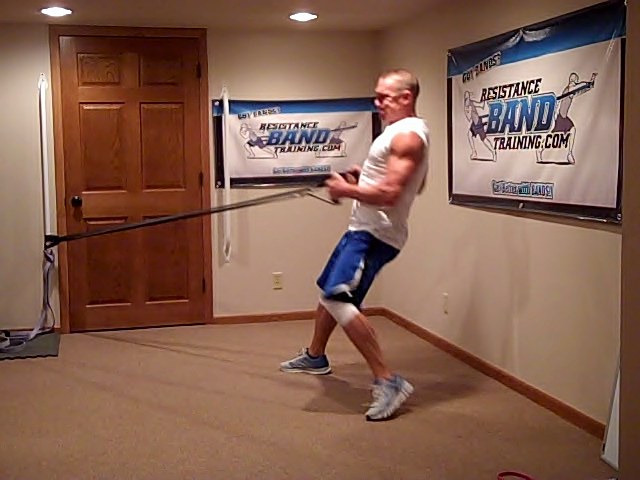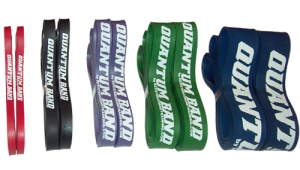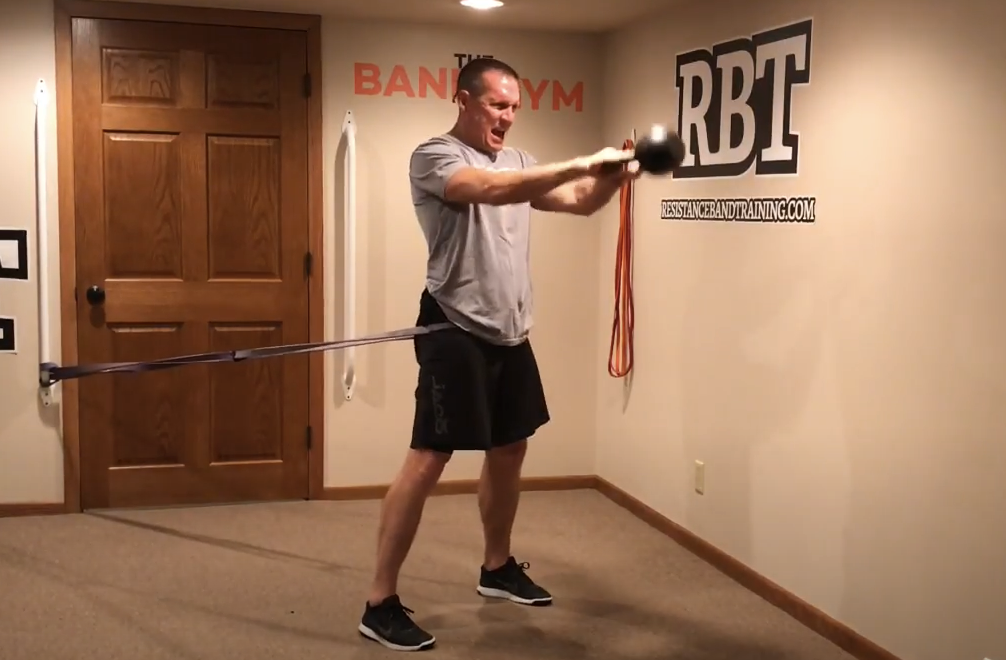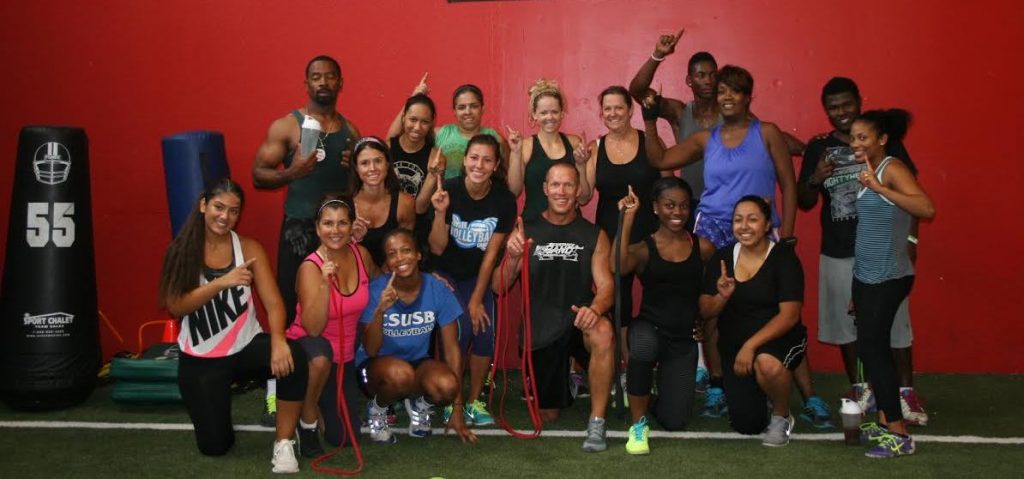What Is the Truth About Pulling?
If you can’t see it why train it?
It’s known as the mirror theory and is a common theory that is often applied to training the muscles of the back. Fitness enthusiasts that apply this theory train the mid-back 50% less than they do the chest, biceps and the front of the shoulders.
Unfortunately, following this theory leads to muscle imbalance issues as well as tightness through the shoulders and chest. Add the impact of gravity to this and you begin to see rounded shoulders, loss of shoulder flexibility, tightness in the mid-spine, increased stress to the cervical spine (neck) due to a forward head, and over time increased stress to the low back.
All because pulling was not respected as much as pushing.
How Pulling Works
Pel-trunk-cula is a term I stole from one of my mentors Gary Gray.
The Pel-trunk-cula refers to the relation between the pelvis, trunk (abs mostly) and the scapula or shoulder blades. These 3 regions of the body are wired up to work together and the switch that triggers the pel-trunk-cula response is our feet pushing into the ground.
This force into the ground while the upper body is simultaneously performing a pulling movement causes the powerful glute muscles that surround your pelvis to activate. With the mid-back and glutes working together at the same time, the trunk and abs have to kick in to stabilize.
You pull with your butt and push with your gut!!
Now if you are sitting, you take the hips and glutes out of play unless you are pushing your feet into something which is often the case. If not, you will have a very difficult time pulling.
The point is pulling does much more than just work your mid-back muscles. It trains your glutes to become stronger stabilizers, and it forces your abs to work to link your mid-back muscles with your hips. It’s not a coincidence that most mid-back muscles are hooked into your pelvis.
Getting Better with Pulling
Here are a few other things that get better with pulling:
- You learn how to perform a good hip hinge which is key to protecting your low back.
- It teaches you how to load your lats and lift or pull with your glutes instead of your low back.
- It gets your glutes to work with your upper body to help your shoulders.
- Getting your glutes activated makes your shoulder blades stabilized, taking the load off your shoulder and specifically your rotator cuff.
- By pulling in multiple directions it keeps your lats and mid-spine flexible which decreases pressure on your neck and shoulders.
- By pulling with 1 arm, you get your obliques working which you know are the real muscles that form a 6-pack.
- With hip hinging you have to stretch your hamstrings and hip rotation. Both muscles get tight and inflexible as we age.
I know there is a lot said about using KB swings, straight leg deads and bridging to work the hamstrings and butt muscle. But honestly, pulling with and without bands does a great job of working the glutes and hamstrings as well. Plus, your mid-back gets trained at the same time.
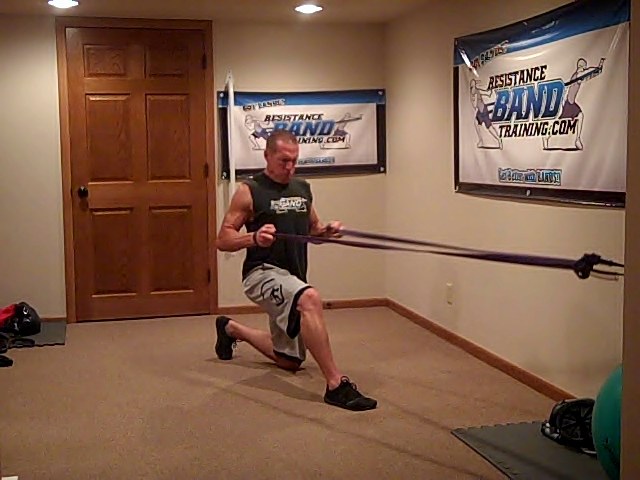
Here is another added bonus of pulling. It teaches you how to slow down or decelerate control, with all variations of walking and running because you’re working the muscles with pulling the same way they work during any variation of locomotion.
For your next workout try doing nothing but horizontal band pulling and see how your glutes, mid-back and hamstrings feel the next day. Plus, if done right your low back will feel no stiffness.
Here are several ways to incorporate resistance band pulling into your workout using 1 or 2 bands. Give it a try and remember the muscles you can see in the mirror are the ones that make us go.
13 Band Pulling Variations
Related Articles and Videos
20 Exercises You Will Enjoy Doing Outside
Shoulder Blade Activation with Bands
Developing Your Hips with Pulling
******************************
Best Band Pulling Package!!
Pulling, versus pushing or pressing requires far more resistance to challenge the muscles. It also requires having a pair of bands to train each arm. Therefore a multi-band package is a must.
Select Your Multi-band Package

